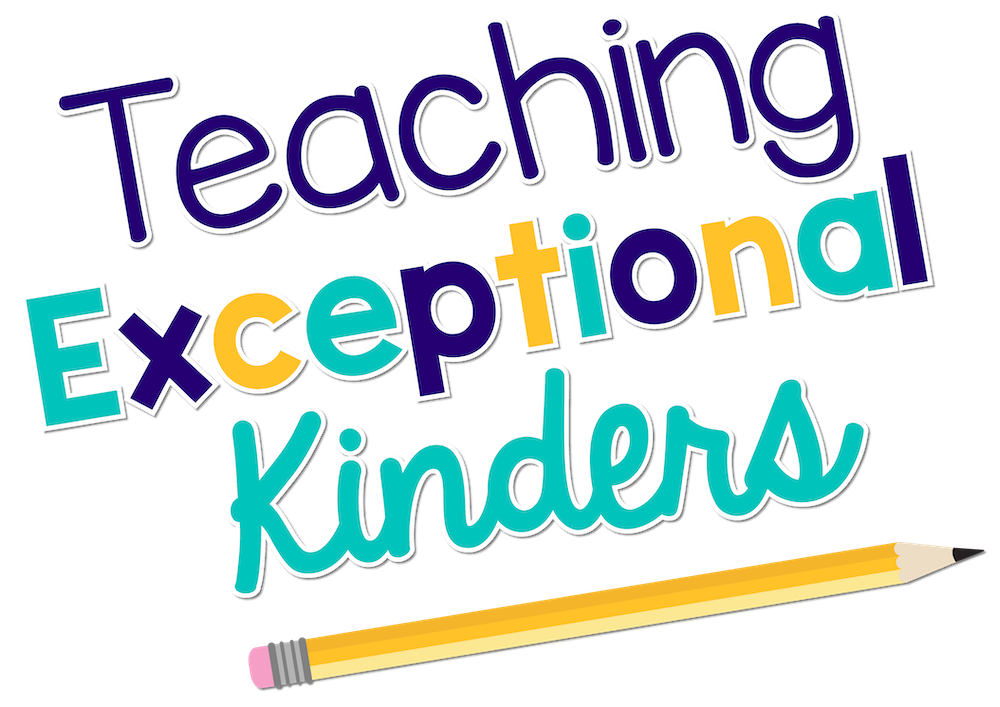When to Introduce a Sound Wall in Kindergarten
Now that you know more about sound walls and are ready to try one in your kindergarten classroom, you might be wondering when to introduce a sound wall to your students. Should you start at the very beginning of the year? After students have mastered letters and sounds? Somewhere in between? In this post, I’m going to share some food for thought to help you decide when to introduce a sound wall in kindergarten.
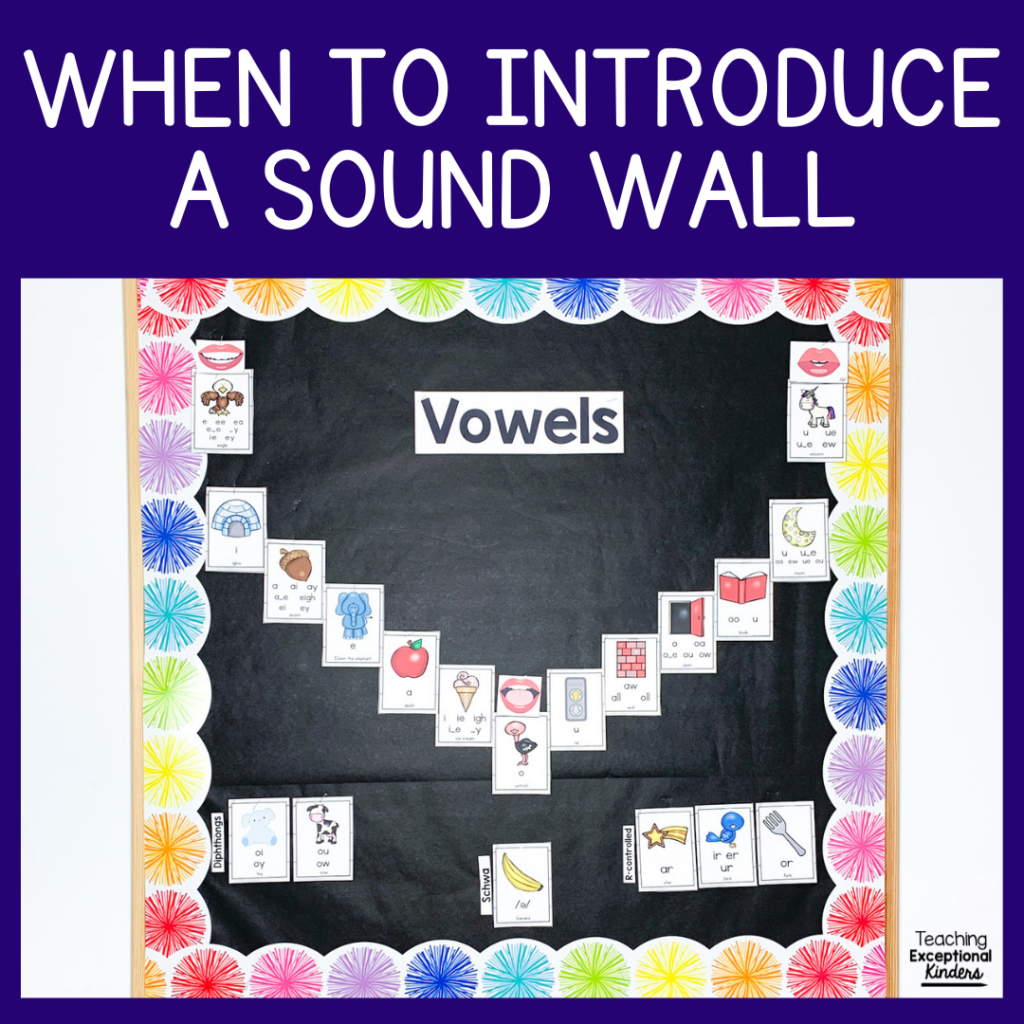
What is a Sound Wall?
A sound wall is a way to organize phonemes and spelling patterns, grouped by phonemes instead of beginning letters. A traditional word wall contains frequently-used words that students might want to reference while writing, organized by the first letter. However, these words can be hard for students to find, since they look for the sound they hear. I think we’ve all seen students looking for the word “phone” on the “F” section of a traditional word wall. A sound wall makes this process easier for students. After saying a word and thinking about the sound they are making, students navigate to the area of the sound wall that contains the phoneme they need.
The decision of when to start a sound wall with your class can be made easier when we think about its purpose. A sound wall is not meant to be a comprehensive phonics program. It is a tool that students can use as they develop their writing and reading skills, similar to how we use a traditional word wall.

When to Introduce a Sound Wall
When we think about a sound wall as a tool, then it’s easier to decide on the best time to introduce a sound wall in kindergarten. As with any learning tool, there are a few things to think about before introducing it to students:
- Do they have the prerequisite knowledge to understand this tool?
- Do they have the skills to use this tool?
- Do they actually need this tool?
Let’s walk through each of these three questions as they relate to a sound wall.
Knowledge of Letters and Sounds
First, it’s important for students to have enough knowledge of letters and sounds that they can understand a sound wall. This doesn’t mean they need to have them all mastered. A solid base of letters and sounds makes it a whole lot easier to find the sounds they need.
Exposure to Sound Wall Concepts
In order for students to use a sound wall, they need at least some exposure to proper phonics terminology. They should have also had some instruction on how to properly make each sound. This doesn’t have to be time-consuming for you or overwhelming for the students. It can actually take place during your regular ELA block. Just take a few moments to practice how the mouth, tongue, and voice work together to make each sound. Think about how confusing a sound wall could be for students who haven’t been exposed to these concepts!
Writing Expectations
The final thing to consider is the writing expectation of your ELA curriculum. Are kindergartners writing independently in the first few weeks of school? Will they actually need a sound wall right away? As the writing expectations increase during the year, there will be a clear indication that it’s time to start introducing a sound wall to support their writing efforts.
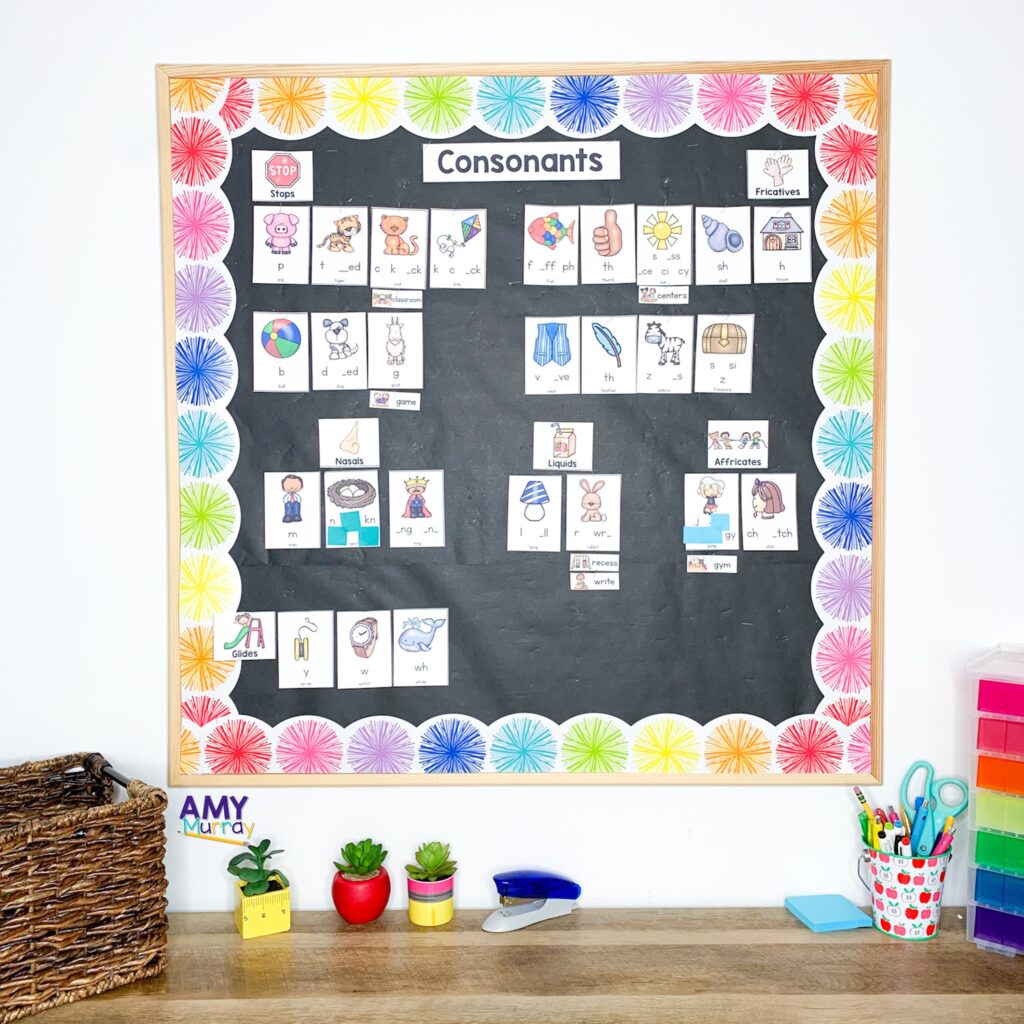
Starting a Sound Wall
As we think about those three factors, it’s pretty clear that we don't need to introduce sound walls at the very beginning of the year.
I have started a sound wall at the beginning of the year. I added phonemes to the sound wall as they were introduced in our ELA curriculum. The students seemed to be more easily confused this way. As a result, they didn't use the sound wall as effectively when we started at the beginning of the year.
Instead, I prefer starting further into the year, after students have been exposed to all of the letters and sounds. Even though many students haven’t mastered the alphabet and sounds by the time we start the sound wall, this exposure is a huge help! It creates a solid foundation that helps students understand and use the sound wall more effectively.
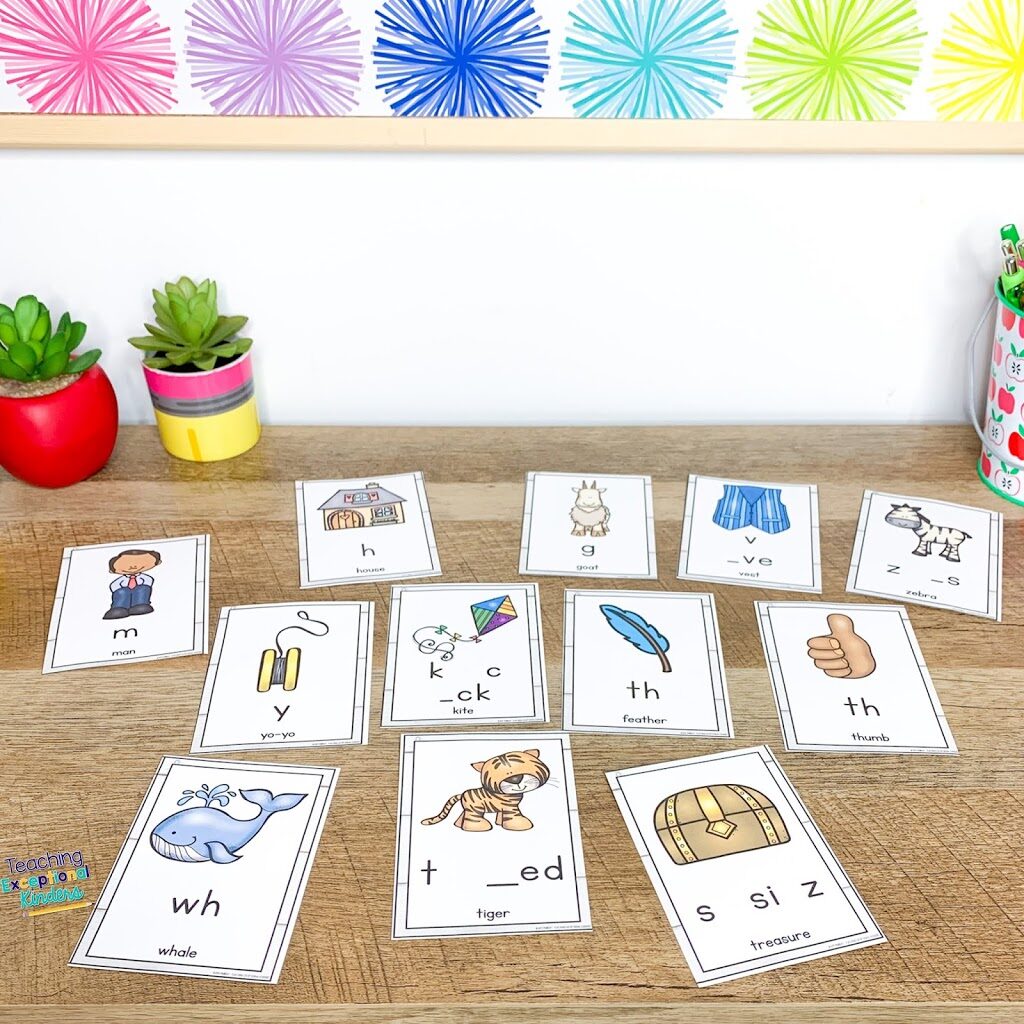
Setting Up a Sound Wall
Once you have decided that your classroom is ready for a sound wall, it’s time to set it up! If you would like more details about this part of the process, be sure to check out my post that shares even more sound wall tips.
When I started using sound walls in my classroom, I found that many of the amazing resources could be expensive! This makes it especially difficult to set up a sound wall when the district doesn't purchase the resources. I also noticed that some kindergarten ELA programs didn't include some phonemes in their phonics cards. This took away another option for sound wall cards.
I decided to create a more affordable alternative that I knew would include all of the phonemes and aligned with the science of reading. Now I offer these resources to other teachers! Keep scrolling for everything you need to start a sound wall in your classroom.
The first is a bundle that includes mouth articulation pictures, phoneme group labels, picture word cards, phoneme reference cards, sound wall cards, and a portable sound wall for writing folders. The sound wall cards use colorful clip art for the images. You can find this resource in my Teaching Exceptional Kinders shop or on Teachers Pay Teachers.
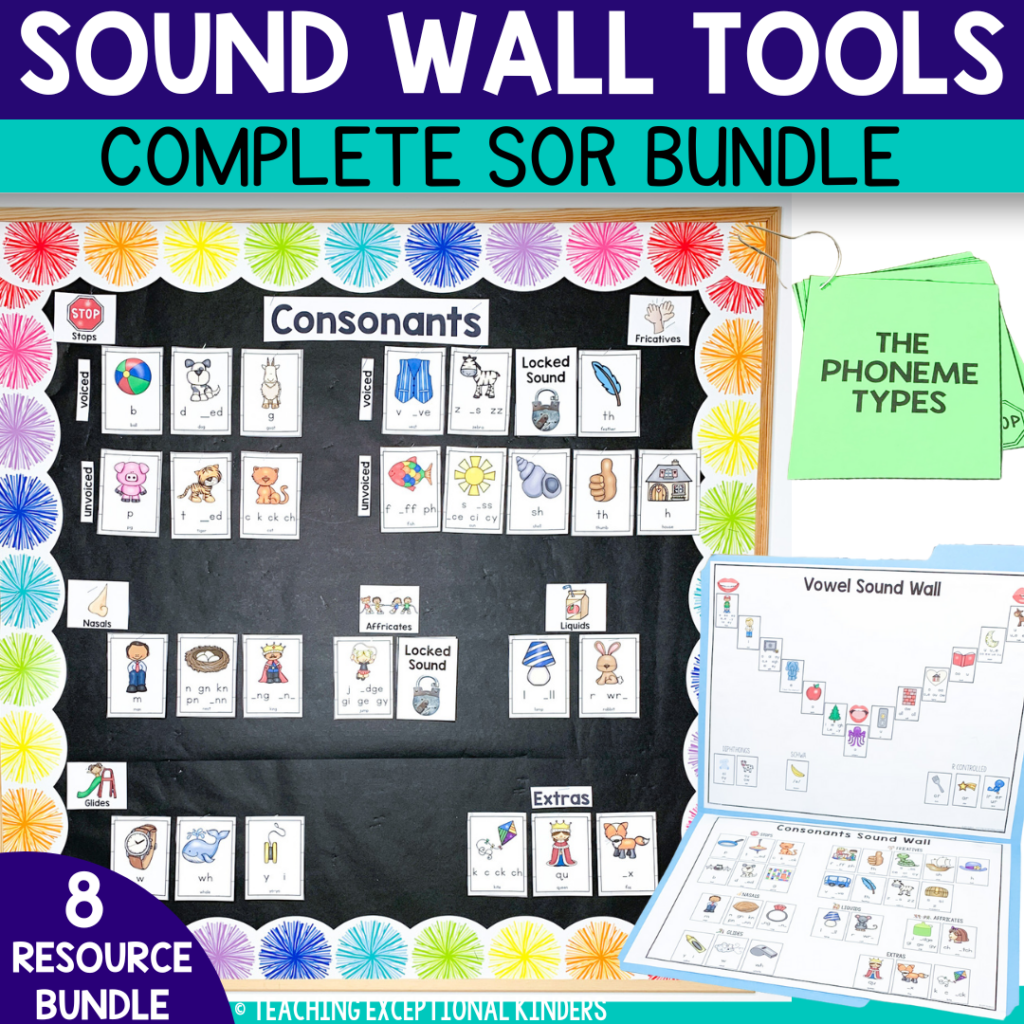
The second bundle contains all of the same resources as the first bundle. The only difference is that the sound wall cards use real-life photos instead of clip art, for teachers with that preference. You can find this resource in both my shop and on TPT.
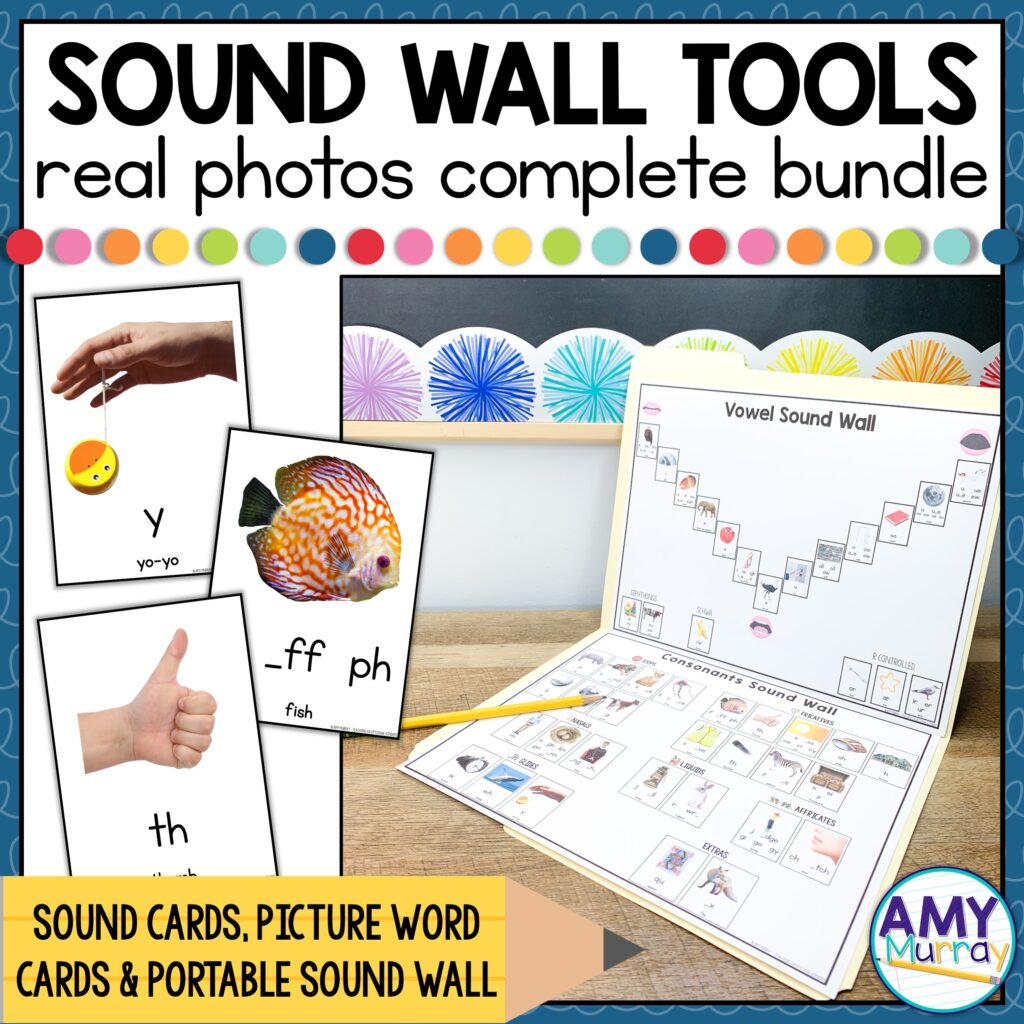
Save These Sound Wall Tips
I hope that this post has given you some food for thought as you decide when to introduce a sound wall in your kindergarten classroom. If you’d like to come back to this post later, be sure to save this pin to your favorite teaching board on Pinterest.
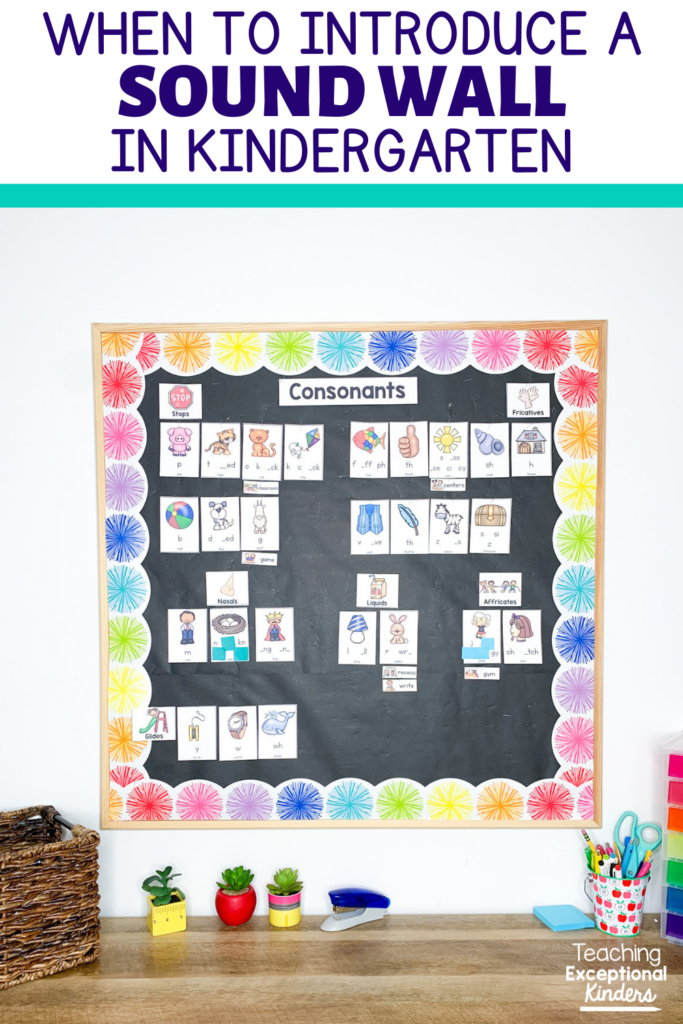
Amy
SITE DESIGN BY LAINE SUTHERLAND DESIGNS

